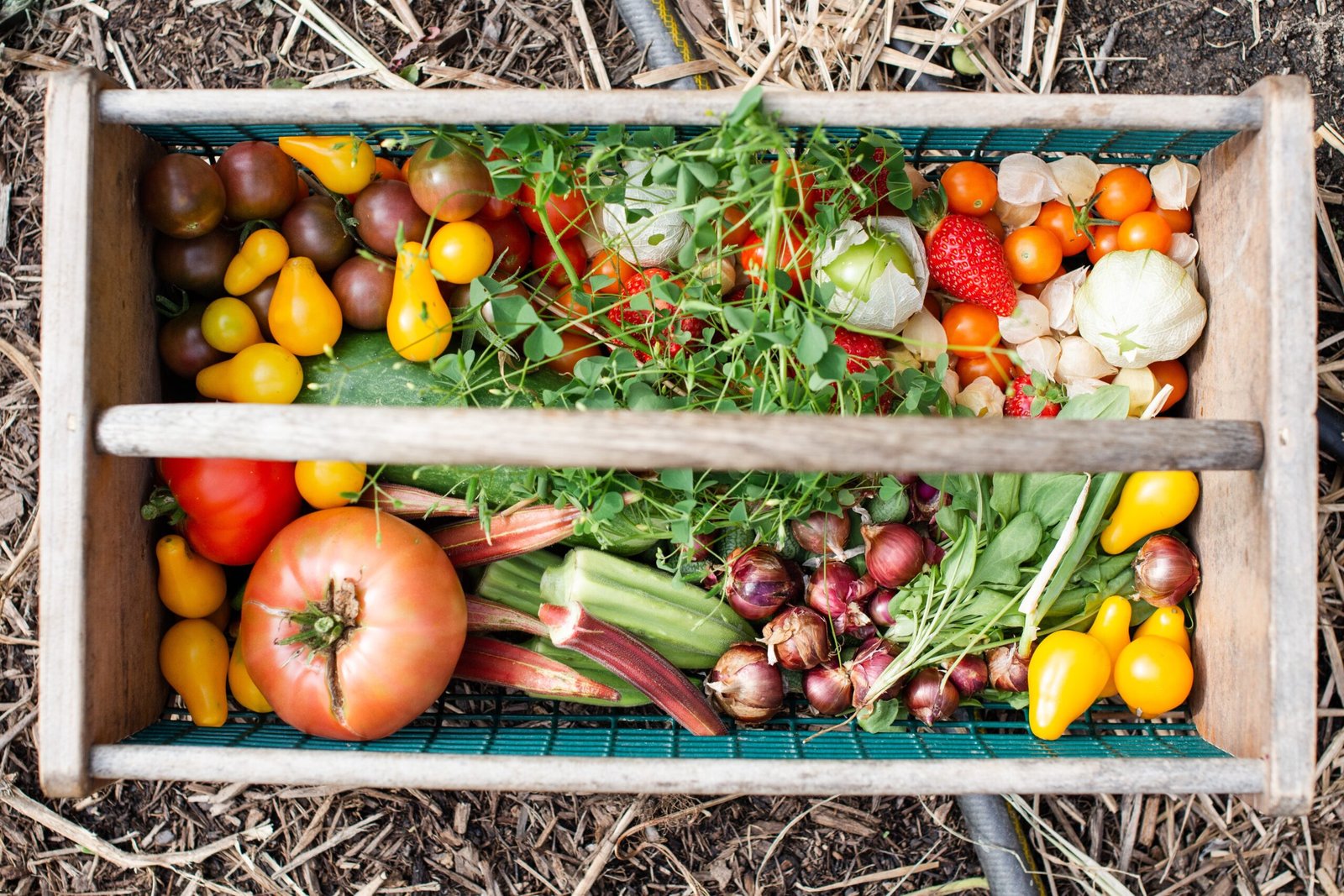Introduction
Planning a vegetable garden is an exciting and rewarding endeavor. Whether you’re a seasoned gardener or a beginner, having a well-thought-out garden space can make all the difference in the success of your vegetable crops. In this article, we will provide you with tips and ideas on how to plan your vegetable garden space effectively.
Assess Your Space
The first step in planning your vegetable garden is to assess the available space. Take a look at your yard or balcony and determine how much area you have to work with. Consider factors such as sunlight exposure, soil quality, and accessibility.
Measure the dimensions of your space and make note of any existing structures or obstacles that may impact your garden layout. This will help you determine the best placement for your vegetable beds and ensure that your plants receive adequate sunlight and space to grow.
Choose the Right Location
When selecting a location for your vegetable garden, it’s important to choose a spot that receives at least 6-8 hours of direct sunlight per day. Most vegetables thrive in full sun, so finding a sunny spot is crucial for their growth and productivity.
Avoid areas that are shaded by trees or buildings, as this can hinder the growth of your plants. Additionally, consider the proximity to a water source. It’s essential to have easy access to water for irrigation purposes.
Design Your Garden Layout
Once you have assessed your space and chosen a suitable location, it’s time to design your garden layout. There are several popular garden layout designs to choose from, including row planting, raised beds, and container gardening.
Row planting is a traditional and straightforward method where vegetables are planted in straight rows with pathways in between. Raised beds are an excellent option for those with limited space or poor soil quality, as they provide better drainage and can be filled with high-quality soil.
Container gardening is ideal for small spaces such as balconies or patios. You can grow a variety of vegetables in pots or containers, making it a versatile and convenient option.
Consider Crop Rotation
Crop rotation is an essential practice in vegetable gardening that involves changing the location of crops each year. This helps prevent the buildup of pests and diseases in the soil, resulting in healthier plants and higher yields.
When planning your garden space, consider implementing a crop rotation schedule. Divide your garden into different sections and rotate your crops each year. For example, if you grew tomatoes in one section this year, plant them in a different section next year.
Maximize Your Space
To make the most of your vegetable garden space, consider interplanting and succession planting. Interplanting involves growing different crops together in the same area, taking advantage of their complementary growth habits.
Succession planting involves planting crops at different times to ensure a continuous harvest throughout the season. For example, you can plant a second crop of lettuce after harvesting the first batch.
Conclusion
Planning your vegetable garden space is a crucial step in ensuring a successful and productive harvest. By assessing your space, choosing the right location, designing your garden layout, considering crop rotation, and maximizing your space, you can create a thriving vegetable garden that will provide you with fresh and nutritious produce for years to come.
Remember to regularly maintain your garden by watering, fertilizing, and controlling pests and diseases. Happy gardening!

